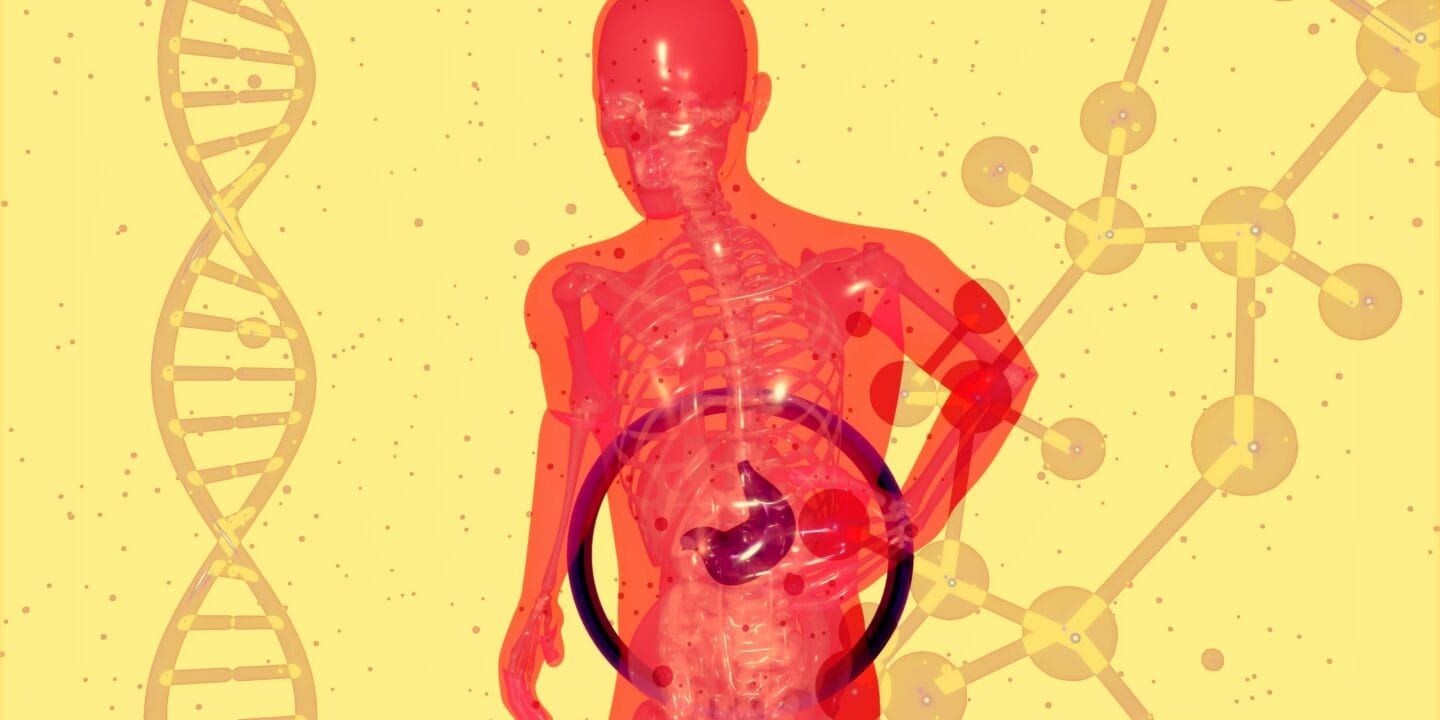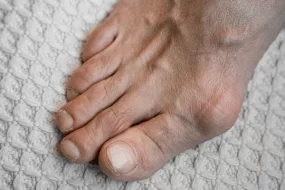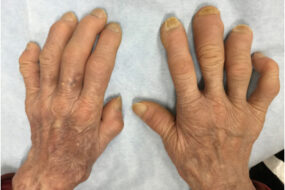- Home
- INTERNAL MEDICINE
- Primary Sclerosing Cholangitis ...

Primary sclerosing cholangitis is a progressive disorder characterized by inflammation, fibrosis and stricturing of medium and large-sized ducts in the intrahepatic and or extrahepatic biliary tree. It ultimately causes biliary cirrhosis, portal hypertension and hepatic failure. Cholangiocarcinoma develops in 10 to 30% of patients in the course of the disease.
Associated conditions;
- Inflammatory bowel disease
- Retroperitoneal fibrosis
- Chronic pancreatitis
- Riedel’s thyroiditis
- Retro orbital tumours
- Angioimmunoblastic lymphoma
Secondary sclerosing cholangitis occurs when duct fibrosis can be attributed to an apparent predisposing factor. The causes are;
- Bile duct stones causing cholangitis
- Previous billed duct surgery with structures and cholangitis
- Insertion of formalin into hepatic hydatid cysts
- Parasitic infections
- Autoimmune pancreatitis
- AIDS, etc
Pathophysiology
- It has a strong association with ulcerative colitis. Patients who have both are at increased risk of colorectal neoplasia.
- It is currently believed to be an autoimmune disorder triggered in genetically susceptible individuals by toxic or infectious agents.
- Perinuclear antineutrophil cytoplasmic antibodies(ANCA) are present in 60 to 80% of patients.
Clinical presentation
- Maybe asymptomatic and be discovered incidentally by the persistently elevated ALP.
- Commonly present with right upper quadrant abdominal pain, fatigue, intermittent jaundice, weight loss and pruritus
Physical examination
- Most have a normal physical examination
- Findings- jaundice, hepatomegaly, splenomegaly, excoriations
Investigations
- LFT- cholestatic picture. Low albumin and clotting abnormalities are characteristics of a late stage of the disease.
- Serum perinuclear ANCA are present
- Hypergammaglobulinemia and raised serum IgM
- MRCP – the critical investigation. Shows multiple strictures and dilatation
- ERCP- reserved for intervention
- Liver biopsy- onion skin fibrosis with portal oedema and bile ductular proliferation are present. Later, fibrosis occurs. Obliterative cholangitis leads to the ‘vanishing bile duct syndrome.’
Management
Goals;
- Retardation and reversal of the disease process
- Control of the disease and its complications
- Drug therapy;
- Ursodeoxycholic acid( UDCA)- protects cholangiocytes from hydrophilic bile acids, stimulates hepatobiliary secretion, protects hepatocytes against bile acid-induced apoptosis and induces antioxidants. It may have benefits in reducing colon carcinoma risk.
- Broad-spectrum antibiotics, e.g. ciprofloxacin for acute attacks of cholangitis, have no role in preventing attacks.
- Fat-soluble vitamin replacement in jaundiced patients
- Treatment of osteoporosis when it occurs
- Cancer screening
- Endoscopic therapy for strictures
- Surgery;
- Biliary reconstruction
- Liver transplantation- although the disease may recur in the graft
- Proctocolectomy
Prognosis
- There’s no cure, and the course is variable
- Median survival of 12 years
- Most die from liver failure, 30% die from cholangiocarcinoma and the rest from colonic cancer.












